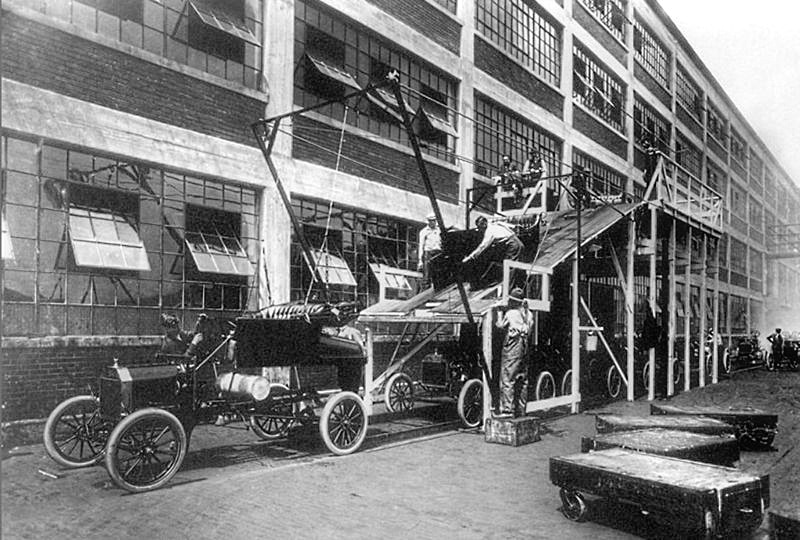Technological innovations have been on the rise in the recent past. Our news media are awash with new technologies that are being released in almost every industry. From smart buildings to sophisticated gadgets, every industry has a technological invention to flaunt.
One area in which technology has blossomed is the field service. In the field service management, things have moved a notch higher. Right from communication, document management, monitoring and evaluation, to information storage, nothing remains where it was a couple of years ago. You no longer have to carry clipboards around to do your inspections or pile files in the office. You no longer have to wait for your field service employees to return to the office before you can receive reports. By using a field service management software like FieldElite, you have it all done at a click.
With FieldElite, you’ve got everything under control right from the comfort of your office. Provided you’re doing what you need to do and posting updates using the app, the rest will fall into place. Your employees will receive updates from you and vice versa. If there is a client who needs attention, they can easily issue a request through the app and the next available field service officer who?s within proximity will pick it up and attend to the customer?s needs.
Everything is just a click away. Sounds great, right?
FieldElite is a robust field service management software that’s packed with a wide array of tools meant to simplify communication between the office and the field service employees. With FieldElite, you can reach all your engineers at one go.
Below are a few of the communication features that make FieldElite the software of choice when it comes to field service management.
Simplified Communication
It’s very important to stay in touch with your engineers in the field to monitor the ongoing activities. For this reason, you need to choose a platform that doesn’t complicate the process. You don’t want important information to reach your team late. That would drag your activities.
Fast and effective communication is, therefore, very key in field service. FieldElite has consequently been made to simplify communication in the field service. Its simplicity can be compared to the usual consumer messaging apps. On the back-end, however, there are very many complex procedures executed through refined algorithms meant to process information and generate instant reports for engineers, supervisors, and the rest of the company team members.
With the FieldElite app, communication is as easy as dropping a message in the team members? inbox. Again, the app?s communication system is centralised and, thus, every communication trail is easily retrievable. You don’t need different apps for messaging, audio and video calling, and document sharing. You have it all in FieldElite. Simply put, FieldElite is an all-in-one field service management tool that ropes in all essential digital modes of communication.
But what’s the benefit of having all work-related communication in one place?
With an all-in-one communication platform like FieldElite, you’ll cut down on wasted time and field tech frustration. Again, any urgent information will reach your engineers on time, and none of them will be left out. What’s more? With effective communication, expect the performance of your team to shoot up.
Consistent Communication
Field technicians, in this case engineers, need to be kept on toes to get the job done. You can only achieve this by communicating with them more often. Therefore, you need a field service management platform that can offer you that. Most field service management software facilitates constant communication with team members in the field. Even so, not all are as good as you expect. So, you’ve got to be a bit more critical when choosing a field service management software for your business.
A good field service management software is one that enables you to regularly check in with field techs to make sure that they have everything they need. With FieldElite, you can achieve more than this. FieldElite app allows you to communicate with your engineers from time to time through messages, calls, or shared documents. Again, the team gets information at the same time.
So, how important is regular communication with your business?
Keeping in touch with your team members in the field helps you build strong relationships with them. Additionally, you can easily spot areas that need improvement that otherwise could have been hidden from your viewpoint. What’s more? Employees feel valued when you check on them from time to time. As a result, this will boost their overall productivity, which contributes positively to the well-being of your business.
So, take your business to another level by making use of FieldElite communication tools to reach out to your engineers at any time.
Two-Way Communication
Communication in field service can only be successful if you can get feedback from your field techs. As such, the field management software should make it easier for your engineers to notify you of anything that needs urgent attention. With the FieldElite app?s communication features, your engineers can give you real-time updates from any device. The app is compatible with any android device, and, therefore, the field techs can use their smart handsets to communicate important information.
The messaging and calling features are easy to manipulate, and with a little training, anyone can use them easily. Again, FieldElite allows you to make group calls or send many messages at the same time. Therefore, in case you?d like to talk to the entire team, you can choose to make a group call or send out bulk messages.
Real-Time Updates
With FieldElite, you don’t need to wait until you meet your team to communicate any changes. You can notify your team on any work-related changes anytime, and as many times as is necessary. The good thing about FieldElite is that the information reaches all your engineers instantly and at the same time. Provided there?s strong network coverage, you’ll not have to deal with delayed communication. Again, your field techs can always get back to you in case they need clarifications on some matters.
Timely updates are very necessary for field service management. Field techs that get real-time updates tend to be more productive than those who get information late. At least they can make necessary changes on time to avoid wasting time on tasks that aren’t urgent. Therefore, make use of FieldElite communication features to keep your engineers updated.
Would you like to take your business to another level? Well, it’s time to improve communication with your field techs. Get the FieldElite android app for successful communication with your engineers.


